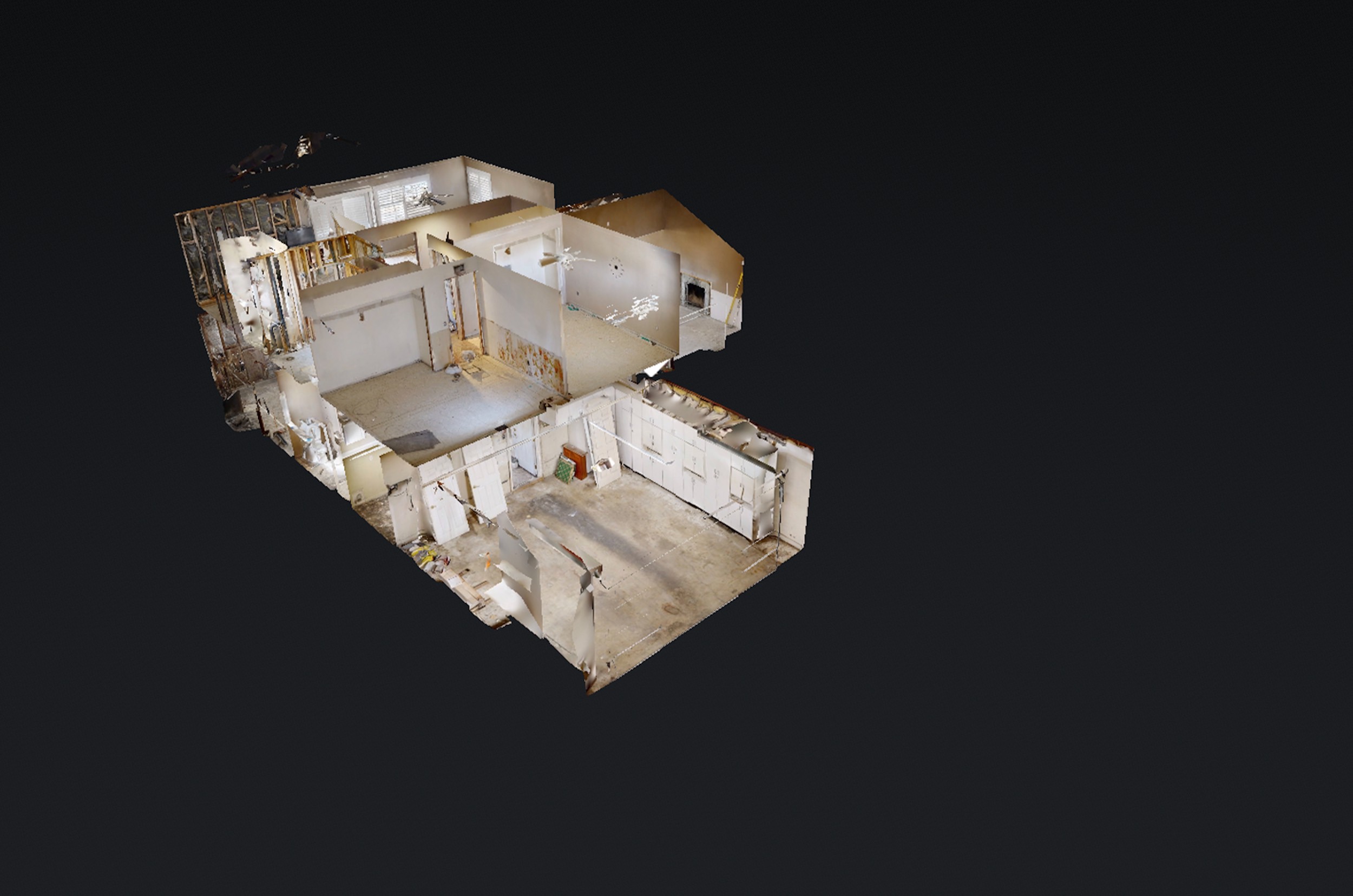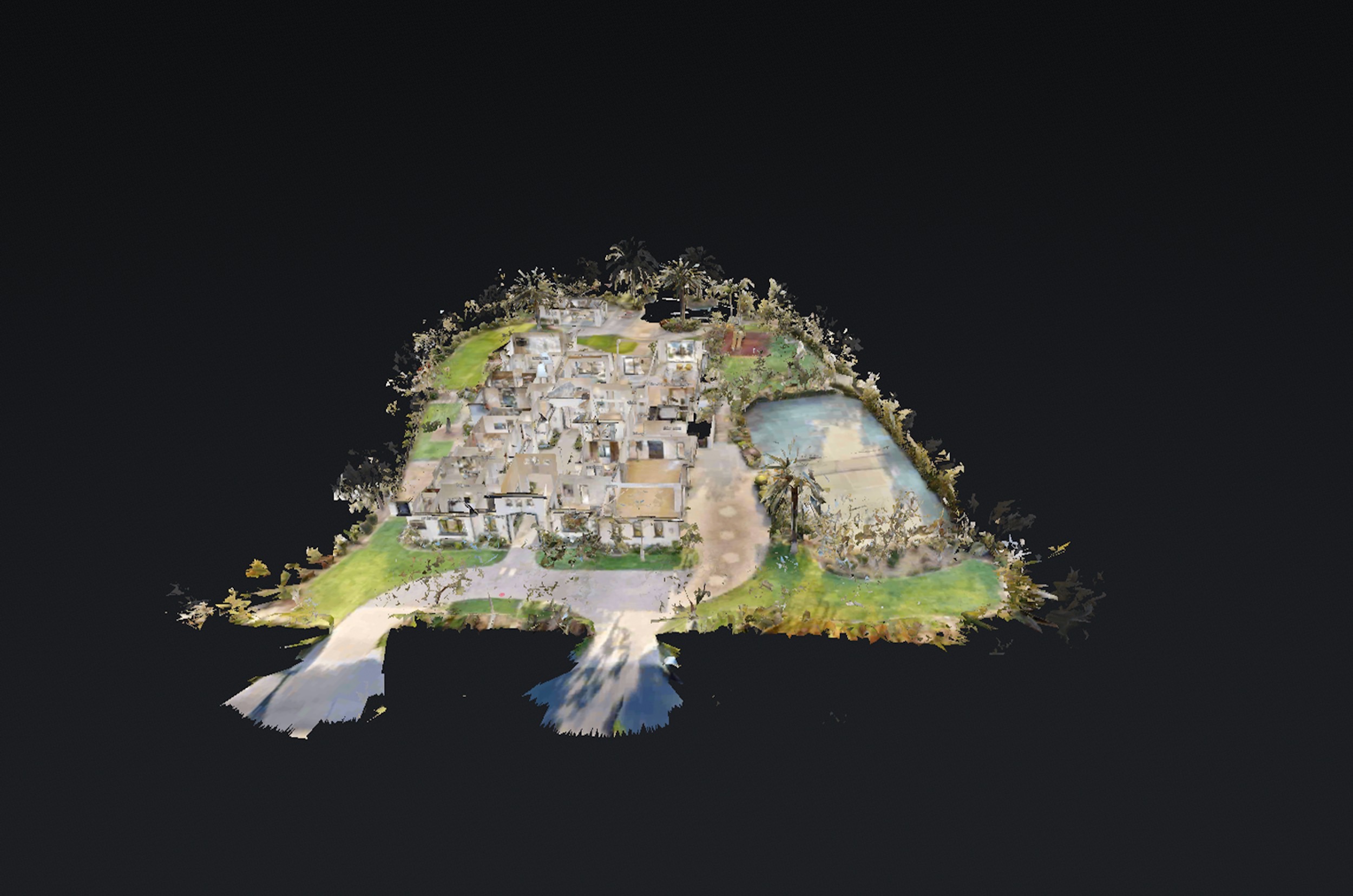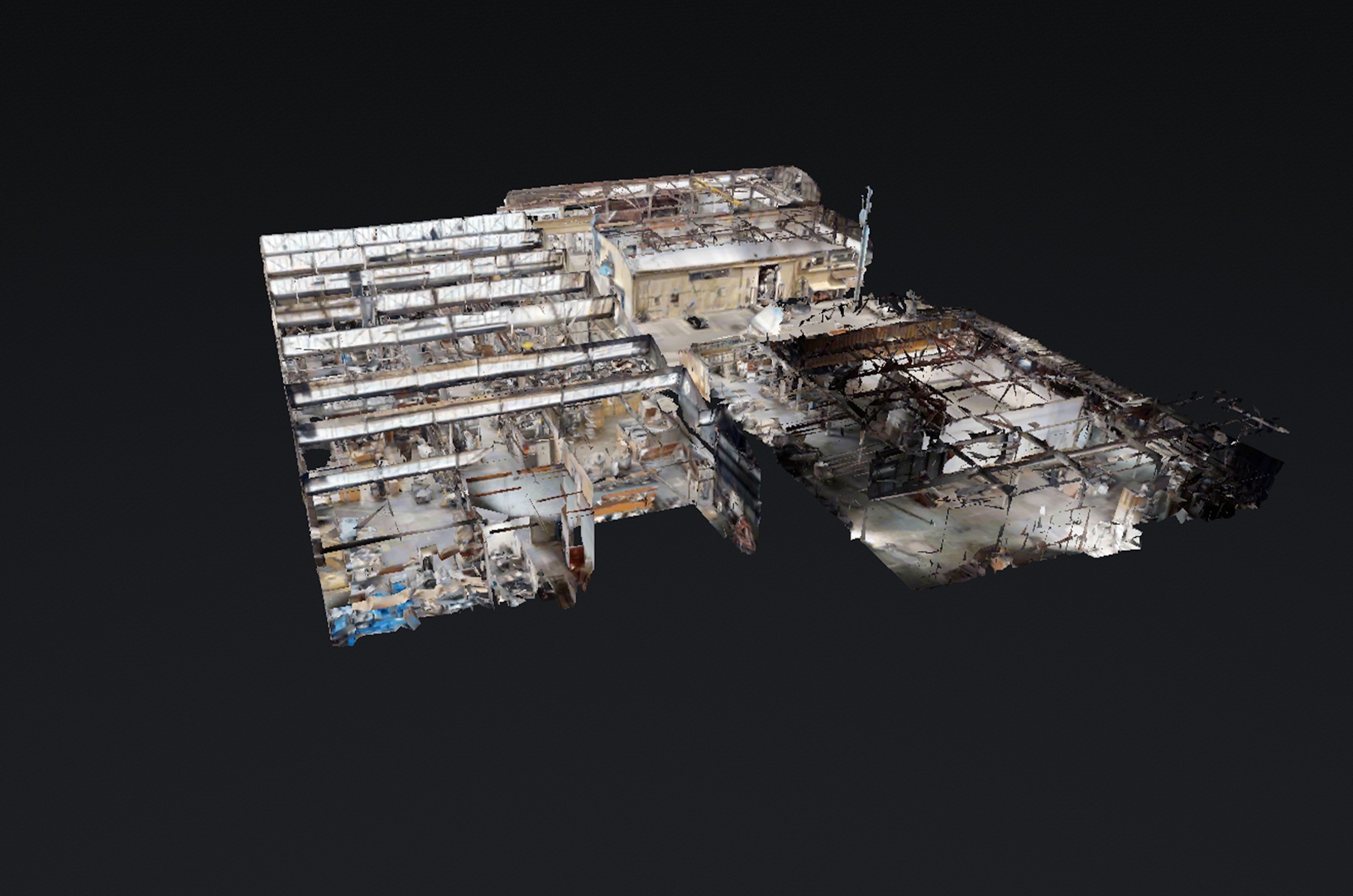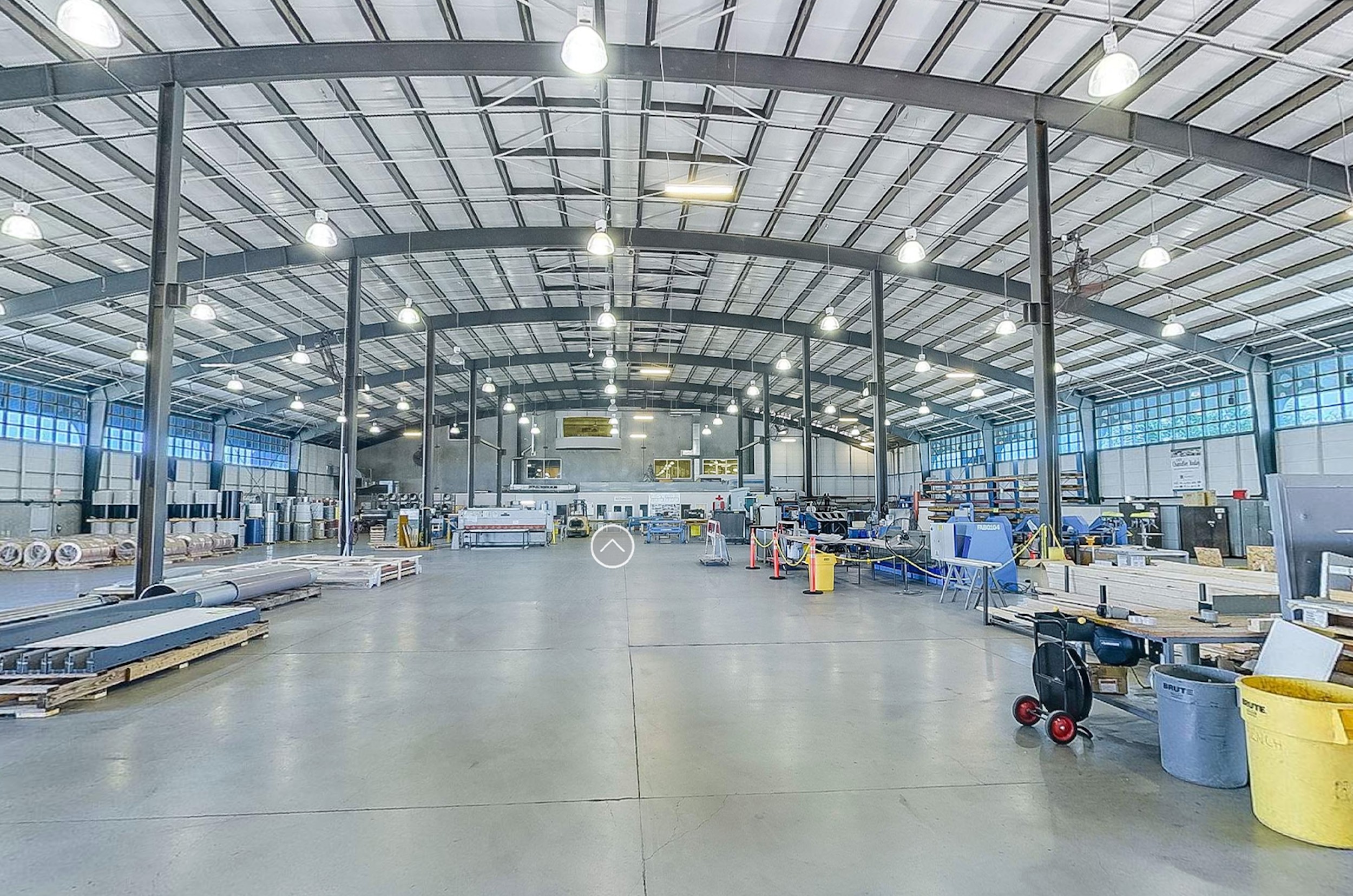Gone are the days when commercial property marketing was confined to brochures and slide presentations. Enter the age of 360 virtual tours – a dynamic, interactive way of letting prospects virtually inhabit a space before making a decision.
Why “Seeing” is No Longer Believing, but “Experiencing” Is:
While photos give a snapshot, virtual tours provide an experience. They let viewers understand the flow of a property, its dimensions, and its potential.
1. Diverse Accessibility Options:
VR Integration: Some platforms allow viewers to use VR headsets, offering an even more immersive experience. Imagine walking through a potential office or store setup with a VR headset from the comfort of your home.
2. Minimizing Vacancies with Virtual Staging:
Beyond Empty Spaces: An empty commercial property can feel cold and unwelcoming. Virtual staging within a 360 tour can help businesses visualize how they might use the space, creating a more appealing visual.
3. Round-The-Clock Property Viewings:
Anytime Access: With virtual tours, time zones and business hours are irrelevant. Interested parties can view the property whenever they want, offering flexibility that on-site visits can’t match.
4. Enhancing the Narrative with Multimedia:
Stories that Sell: Realtors can weave in multimedia elements like videos, audio descriptions, and ambient background sounds to offer a multi-sensory tour experience.
5. Building Trust Through Transparency:
Full Disclosure: Offering a 360 virtual tour showcases transparency. By letting clients explore every nook and cranny, realtors can build trust, an essential factor in any business transaction.
Conclusion:
Interactive 360 virtual tours are reshaping the commercial real estate industry. As the line between the digital and physical worlds continues to blur, these tours bridge the gap, ensuring that properties are showcased in their best light, always. The future is virtual, and the commercial real estate industry is headed straight for it.







